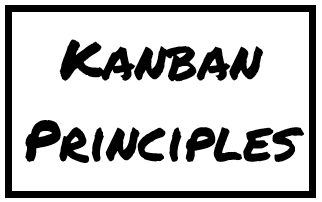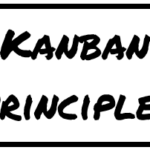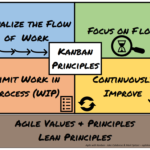Prioritization of work is key if you want to deliver anything. Have you ever been stuck in bumper-to-bumper traffic, inching forward at a snail’s pace? It’s frustrating, right? Now, imagine if I told you that many organizations manage their work in a way that’s just as inefficient. Sounds absurd, doesn’t it? But stick with me, and I’ll show you why this analogy isn’t as far-fetched as you might think.
Kanban
How to Improve Transparency and Flow in Your Team’s Work

The team was struggling. They were working on an industrial motion control product, porting a legacy code base to a new hardware platform. Parts of the code were decades old, and many of the original developers no longer worked at the company. They kept getting stuck trying to figure out how the code worked and what they needed to do to make it work in the new system. Neither the engineers nor the product manager had visibility into what was taking so long or how to help.
A Short History of Kanban (and Lean) (Part 3)
The history of lean and kanban is a challenge to boil down, so inevitably, I know there are aspects that are missing here. The title says “short” because, while there is a lot of information here, it is short in terms of how more is out there! Additionally, there are often disagreements on certain aspects and points around the history, and we’ve sourced the various elements included in this outline. A key part of understanding kanban is going beyond the principles and practices, to understand what is behind it work. The history points us to a critical key.
Kanban Principles for Success (Part 2)

The kanban principles we use and I mention in What is Kanban? are fairly straightforward, yet often ignored in organizations who say they are doing kanban. I want to dig into a bit more depth on each of the principles, for those are are less familiar with them (or perhaps even for some that are).
What is Kanban (看板)? [Part 1]
This is a common question, since Kanban can have several word uses and meanings in the agile space. The term gets thrown around a lot, making it even more confusing. In order to understand Kanban and where it comes from, let’s start with some basic definitions and the foundations. We start with the basics, because there is often confusion around what kanban is.
Simple definitions of kanban:
- a signboard or billboard in Japanese
- a just-in-time method of inventory control, originally developed in Japanese automobile factories
- a Japanese lean manufacturing system in which the supply of components is regulated through the use of an instruction card sent along the production line
- an agile approach or framework




